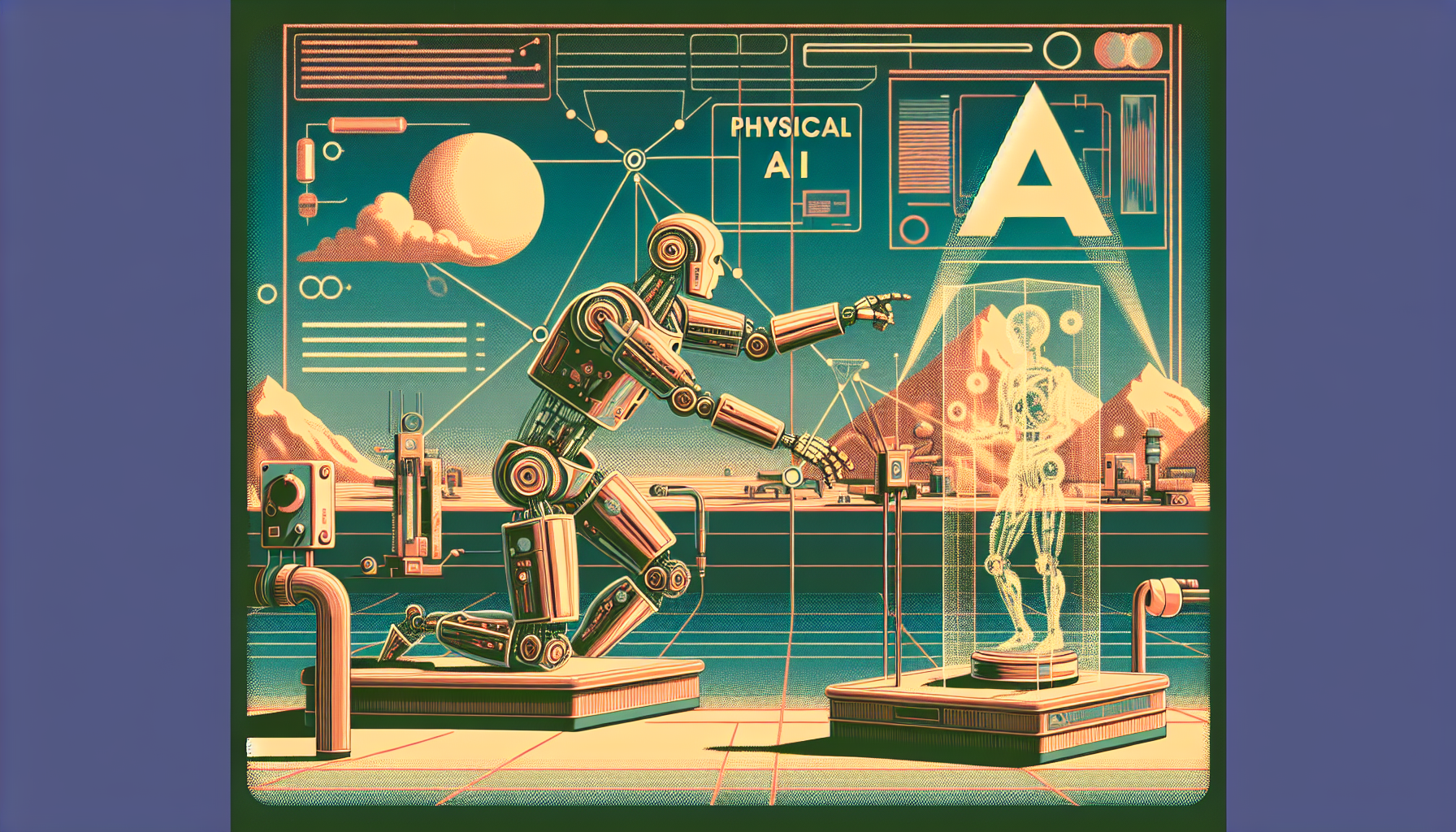Each year, robotics takes a step closer to the future we once only imagined. In 2025, a remarkable shift is underway, driven by the union of artificial intelligence and physical simulation—an emerging discipline known simply as Physical AI.
The Vision of Physical AI
Physical AI is a powerful new approach for building smarter robots. Unlike traditional programming, which requires detailed instructions for every possible situation, Physical AI allows robots to learn by experiencing virtual worlds. Within these simulated environments, robots can practice, fail, and improve—just as humans do—without the costs or risks of real-world mistakes.
Learning in Virtual Worlds
This method of training in simulation is a turning point. With access to countless recreations of real-life scenarios, robots can adapt rapidly and efficiently. AI systems observe and process these experiences, making each robot better prepared for the unpredictable nature of the real world.
The inspiration for this new wave of development comes from generative AI models like ChatGPT, which proved how quickly machines can learn to understand and respond to human language. Now, engineers and researchers are seeking to spark a similar revolution in robotics, using generative AI not for words, but for understanding the physical world.
Building the Foundations
Behind the scenes, vast investments are making this future possible. New hardware and specially developed software—often created by leading chip makers and robotics companies—enable robots to make sense of the constant stream of information from their sensors. These tools let AI process huge amounts of data, allowing robots to respond to changes, avoid accidents, and accomplish tasks with increasing grace and precision.
How Physical AI is Being Used
The influence of Physical AI reaches far and wide. In industry, robots already play leading roles on assembly lines, lifting and moving with unwavering strength and focus. In the world of service robotics, they are becoming more capable of adjusting to the specific needs of different users and locations.
Humanoid robots, with their familiar forms, are capturing public fascination. While they hold the promise of broad utility, today’s focus is on perfecting them for specialized roles—especially in car manufacturing and warehouse logistics. Their design makes them flexible and, in time, may unlock new possibilities in how we work and interact with machines.
Key Milestones and Voices
This movement is being shaped by some of the brightest minds and most important gatherings in technology. At NVIDIA’s 2025 GTC conference, the company revealed breakthroughs that accelerate the rise of Physical AI. They showcased how faster computing and generative AI can bring about realistic simulations, giving robots a safe place to learn and evolve.
At the 2025 Robotics Summit, Daniela Rus, Director of MIT’s CSAIL, shared her vision for AI with physical intelligence. Her keynote highlighted both the potential for new kinds of AI models and the importance of energy efficiency—reminding us that progress must also be responsible.
A notable technical leap came with NVIDIA’s release of the Newton physics engine. As an open-source tool, Newton empowers researchers everywhere to create richer and more accurate virtual environments for their robots. Its arrival signals a new era, where collaboration and shared knowledge will hasten the advances in Physical AI.
The Promise Ahead
Physical AI is ushering in a remarkable transformation. Robots are no longer limited by the boundaries of their initial programming. By learning from simulation and experience, they are gaining real autonomy. With continued investment and innovation in both hardware and software, the ways in which robots interact with the world—and with us—are poised to change dramatically.
The union of AI and physical simulation stands as a testament to what thoughtful technology can achieve. As we watch this field continue to evolve, we are witnessing more than just technical progress; we are seeing the dawn of a new age of robotics—one built on learning, adaptation, and endless possibility.

Leave a Reply